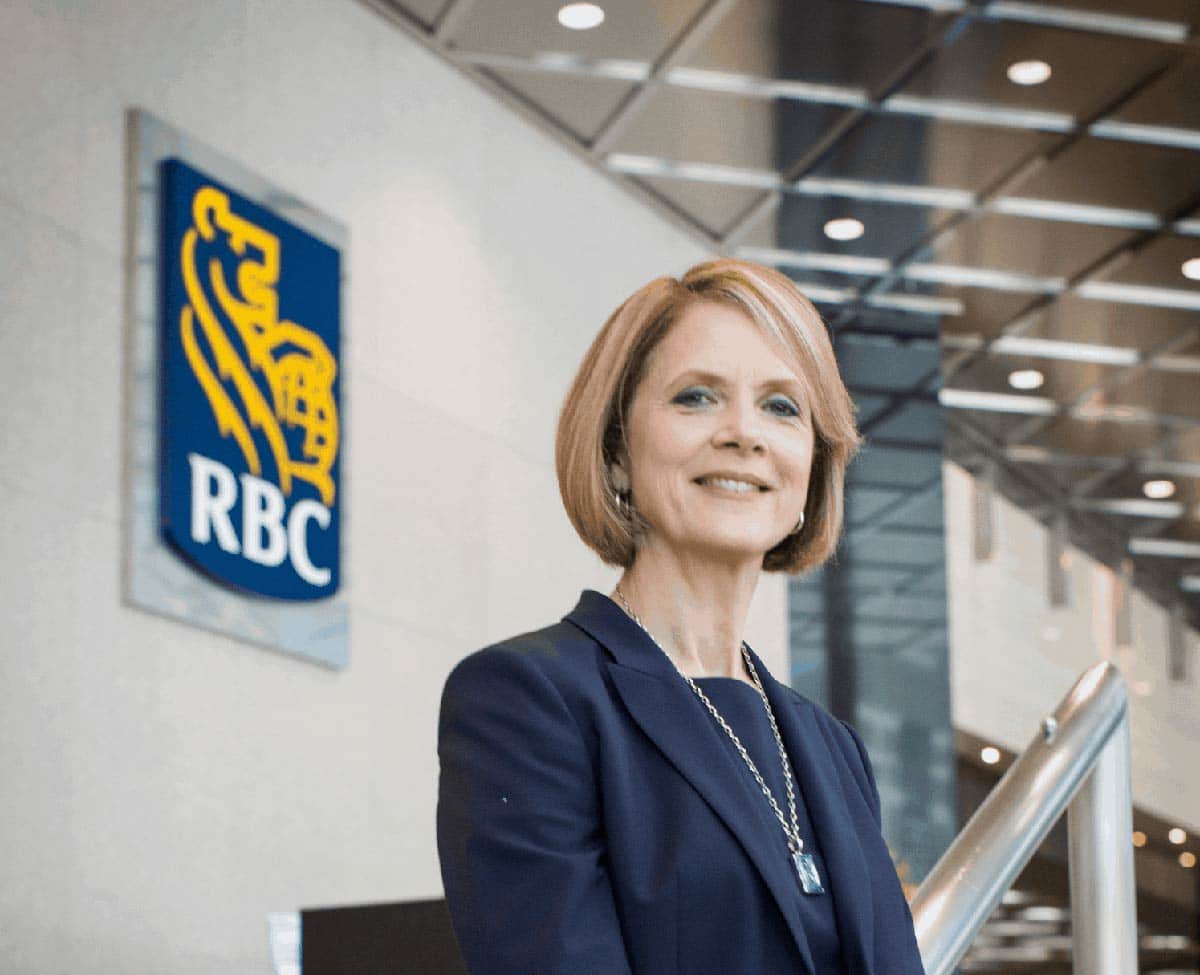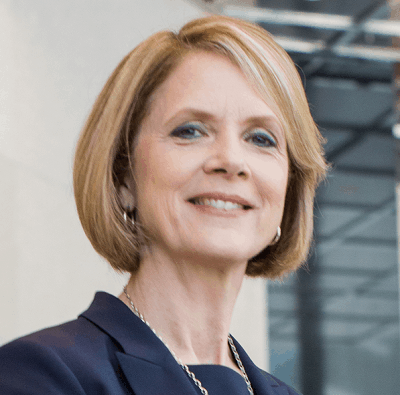Developing Tomorrow’s Leaders, Today
The purpose of people analytics, according to Helena Gottschling, CHRO at Royal Bank of Canada, is to enlighten and balance talent conversations. In an interview with The HR Digest, Gottschling talks about people analytics and building a reliable pipeline of leadership talent.

The HR Digest: People analytics has a strong place on the strategic agenda of the Royal Bank of Canada. If you had to make the case for the value of people analytics in workforce decision making as succinctly as possible, how would you frame it?
Helena Gottschling: Even with the onslaught of new technologies, it’s still people that drive innovation, creativity, engagement and, ultimately, business value – all the things that set one company apart from the next. It always comes down to talent, and strong people analytics enable you to make better-informed talent decisions, which lead to better business outcomes.
Not too long ago, our retail business identified a clear opportunity in the marketplace but recognized we’d need to increase our expert advisor capacity quickly to win. Analytic tools enabled us to attract, select, onboard and train over 600 employees for specialized client advisor roles – all within a very tight timeframe. We relied on data-driven insights to shed light on everything from fine-tuning our talent search on social media to enhancing the onboarding and training experience for future RBCers.
We’ve also been using analytics to deepen our understanding of how people managers impact employee engagement and business performance at RBC. This research has enabled us to identify a set of actionable insights and behaviors we’re now drawing on to increase the effectiveness of managers overall.
Fact-based insights have the power to enlighten and balance talent conversations. They have a way of liberating the decision-making process from the all-too-human biases that reside in all of us, which helps get you to the finish line faster – a huge plus for large organizations like RBC.

The HR Digest: Royal Bank of Canada has been recognized as one of Canada’s Top 100 Employers (2019) and Greater Toronto’s Top Employers (2019). Do you still see room for improvement in RBC’s employment practices?
Helena Gottschling: There’s always room to grow, especially in a world that’s changing so rapidly. We know our success begins and ends with highly engaged talent. Over the past few years, we’ve been very focused on making sure employees have a voice at the center of our design process, and that we’re really listening to what they have to say. Not just at annual survey time, but throughout the year across a broader mix of feedback channels, from crowd-sourcing to informal round tables to just grabbing a coffee.
One of the most significant outcomes of this employee-centric approach has been a shift away from traditional performance management to performance enablement, where the focus is on unlocking every single employee’s full potential through regular coaching and feedback as opposed to the usual calendar-driven reviews. This is what employees told us they want more of, and we listened.
We’re also putting more emphasis on reimagining our benefits programs in ways that take the whole person’s well-being into account, along with the stressors so many of us deal with every day. In Canada, for example, we now offer a comprehensive financial wellness program and provide full coverage of up to $3000 annually for core psychological services. We’ll always have work to do, but we’re getting much more disciplined about putting ourselves in each other’s shoes, and our employee engagement scores have never been stronger.
The HR Digest: RBC takes great pride in its leadership development programs. In building a reliable pipeline of leadership talent, how do these programs help deliver on your objectives?
Helena Gottschling: One of our ongoing goals is to spot and develop the next generation of versatile, future-ready leaders early in career, so they have the adaptability to thrive no matter what the next horizon brings. A few years ago we introduced a new leadership model to articulate the capabilities and behaviors we need to lead RBC into the future. It’s really our narrative of what matters most about ‘leadership’ at RBC. The model has been crucial in equipping us with a common point of reference to design richer, more varied development experiences that are mutually-reinforcing.
These days, deliberate, pro-active career pathing and cross-platform moves top the agenda to ensure our high potential leaders are getting the right depth and breadth of experiences sooner. This goes hand-in-hand with deepening our culture of sponsorship, where senior executives are actively engaged in accelerating the career trajectory of our best talent.
One of our biggest success stories is our targeted leadership development programs for high potential women and visible minorities. We’ve long understood that diversity and inclusion are a catalyst for growth and innovation at RBC – it’s more than a core value for us. But by now, we’ve also learned that representative leadership doesn’t just happen. It takes concrete action, and these programs are helping us to ensure our leadership bench reflects who we are, as well as the clients we serve, at every level of the organization.

The HR Digest: What is your personal approach to decision-making? Would you call it more analytical or intuitive?
Helena Gottschling: I would say good decision making requires a balance of both. Diversity of thought leads to better, more innovative solutions at work every day, so when I’m making a major decision, I seek out different perspectives. I also look for relevant facts, data or research to consider because in my experience, analytics are extremely helpful in making informed decisions and keeping collaborative decision-making from going off the rails. That said, as CHRO, many of the decisions I make impact people, and people are complex, so it’s important not to lose sight of your humanity, especially when you’re making decisions that impact employees’ lives. Ideally, there should be a healthy balance between analytical and the intuitive.
The HR Digest: What has been the most challenging decision you’ve ever had to take in your career?
Helena Gottschling: The first thing that comes to mind is the decision to relocate with my family from Vancouver to Calgary and then from Calgary to Toronto when RBC offered me a new opportunity in a different part of the business. Canada is a very large country, and we were heading into a completely unfamiliar personal and professional territory, more than a 5-hour flight from home. It wasn’t easy, and I couldn’t have made it work without the support of my amazing husband and family, but I wouldn’t hold the role I do today without those moves. I learned that it’s ok to take risks and get uncomfortable – it’s how most of us learn and grow.
This article was published in the April 2019 issue of The HR Digest magazine.
Helena Gottschling | CHRO, RBC

Helena Gottschling is RBC’s Chief Human Resources Officer (CHRO) with global responsibility for Human Resources. Together with other members of Group Executive, Helena is responsible for setting the overall strategic direction of RBC – extending to over 80,000 employees in 37 countries.
PHOTOS: ROYAL BANK OF CANADA
Whether you want to stay up-to-date on HR news, read in-depth insights on HR trends or find new ideas on strategy, innovation, and leadership, The HR Digest Magazine is here to suit your needs and help you stay more informed.





